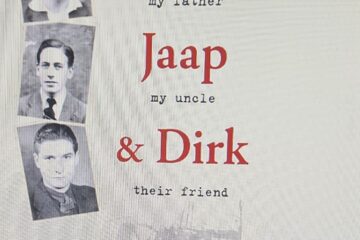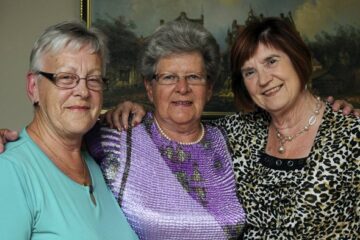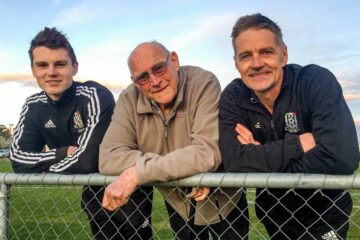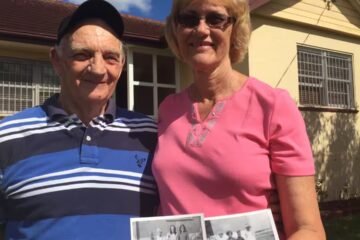Novel: Anna’s War
“Anna’s War” is the debut young adult historical fiction novel by Australian author DJ Taylor. Set in German-occupied southern Netherlands during the final 18 months of World War II, the story follows 14-year-old Anna Jansen as she navigates a world fraught with danger, secrecy, and moral dilemmas. When the Nazis Read more









